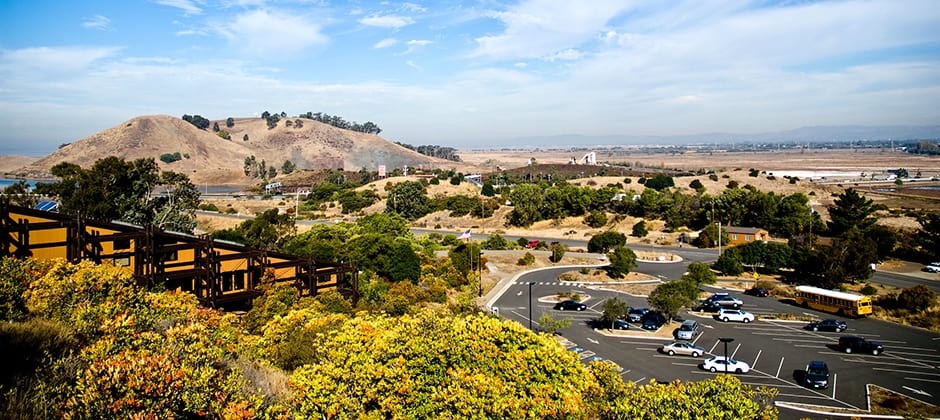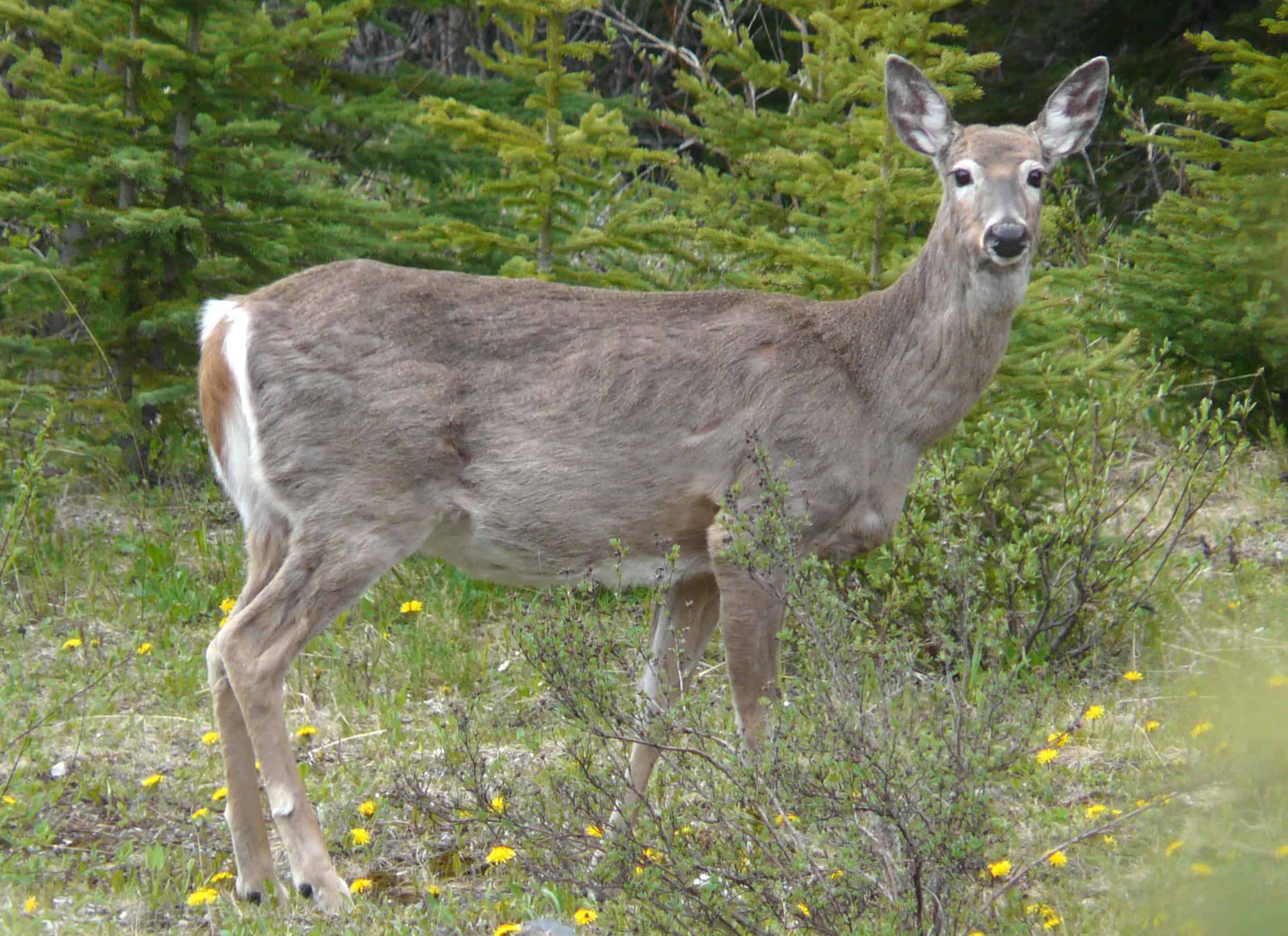Share this article
Public lands wrestle with COVID-19 response
State and federal public land agencies are wrestling with how to respond to the new coronavirus after initial federal efforts intended to offer “an antidote to cabin fever” were met with concerns about crowds spreading the virus and impacting nearby communities.
A few states have closed state parks and wildlife areas, including Illinois and Oregon, as well as Hawaii, which closed all its state parks on Friday after initially keeping some parks open. “Many people are not practicing the recommended social distancing protocols, so it’s become necessary for us to take these extraordinary steps,” said state Department of Land and Natural Resources Chair Suzanne Case in a statement.
Hawaii has also stopped commercial tours on state trails and wildlife sanctuaries and postponed the state deer hunt.
Most states, however, are keeping their state parks and wildlife areas open. That includes Arkansas, which waived fishing license requirements last Thursday. “Anglers have always practiced a type of ‘social distancing’,” said Arkansas Game and Fish Director Pat Fitts in a statement announcing the decision. “We just call it ‘going fishing.’”
In Michigan, the state Department of Natural Resources announced on Monday it was closing state park campgrounds, overnight lodging facilities and shelters following Gov. Gretchen Whitmer’s executive order the same day instructing residents to stay home. State parks and recreation areas would remain open, however, “provided all visitors adhere to the requirement for proper social distancing,” but facilities including fish hatcheries and shooting ranges are closed. The DNR will also delay trout stocking at two popular locations due to fears that it would draw crowds seeking to catch mature trout, “creating a situation where it would be difficult, if not impossible, to maintain effective social distancing.”
Federal agencies are also wrestling with how to respond. Shortly after the Interior Department announced last week it was waiving entrance fees to most parks, wildlife refuges and Bureau of Land Management fee areas, officials in some areas have opted to close or restrict visitors.
Those that shut down include Yosemite National Park, which closed on Friday, two days after Interior announced it was waiving fees, and Rocky Mountain National Park, which also closed on Friday. Its decision followed a letter from Todd Jirsa, mayor of nearby Estes Park, Colorado, to Interior Secretary David Bernhardt, warning that “a continued influx of visitors at this critical time presents a grave public health concern to Estes Park and surrounding communities.”
“Medical and emergency services, as well as basic supplies like groceries must be available to meet the needs of our community at this time,” Jirsa wrote. “Estes Park is not in a position to support the potential needs of extra guests at this time. Furthermore, adequate social distancing is not possible in many of the crowded areas of Rocky Mountain National Park this time of year.”
In Virginia, Shenandoah National Park remains open, although the Madison County Sheriff’s Office closed the road leading to some of the park’s most popular areas on Saturday. “If you are coming to the Park, please choose to visit areas that are not crowded to allow for adequate social distancing,” park officials announced on the website.
While most national wildlife refuges remain open, several have closed, including the San Francisco Bay National Wildlife Refuge, where area governments have ordered residents to shelter in place.
Header Image: The San Francisco Bay National Wildlife Refuge is among the public lands that have closed in response to COVID-19. ©Justine Belson/USFWS








